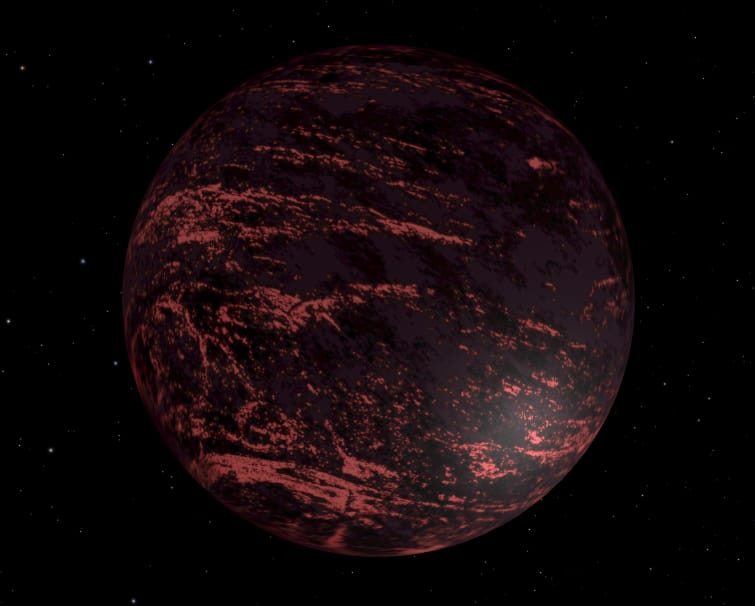Pitch Black Planet: Unveiling the Mystery of TrES-2b

In the vast cosmos lies a peculiar and intriguing planet that piques the interests of astronomers and space enthusiasts alike. An extraordinarily dark celestial body, possessing the ability to absorb 99.9% of light that falls on it. This remarkable planet goes by the name “TrES-2b”.
The planet gets its distinctive name from the project that discovered it–The trans-Atlantic Exoplanet Survey. The project used a method called “transit”. Such a method has been used to discover many planets such as WASP-12b, Kepler-22b, KELT-9b, etc. This ingenious method involves looking at the periodic dimming of a star's brightness when a celestial body passes in front of it, unveiling the exoplanet’s secrets–its orbit, size and stellar style.
The Dark Planet lies almost 750 light years away from our solar system orbiting a G-type star, like the one in our solar system, in the Draco constellation. Discovered on August 21st,2006 in the Palomar and Lowell Observatories located in California and Arizona respectively. The planet’s existence was confirmed by the W.M.Keck observatory located in Hawaii.
The Dark Planet's mass and radius indicate it to be a gas giant similar to our cherished Jupiter. Orbiting its host star at a mere distance of 3 Million miles–Much less than the distance between the Swift Planet and our Sun, allowing the surface of the planet to reach a whopping 1600° Celsius. This scorching temperature rivals the core temperature of Mercury. Due to this rare trait, Astronomers have categorized this planet as “Hot Jupiter”.
The Planet’s most peculiar characteristic, its infinitesimally small albedo(reflection of sunlight from the planet), makes the planet reflect less than 1% of the light that strikes it. The main reason for such a small amount of albedo is still unknown. Some theories suggest light-absorbing elements such as vaporized sodium, potassium, or gaseous titanium oxide etc. Another theory suggests the absence of reflective clouds due to the high temperatures and close proximity to the host star, giving the planet its alluring and mysterious color.
As our journey through the cosmos continues, now better, faster, and stronger than before, with the help of the James-Webb Space Telescope, we will continue to find unique planets such as TrES-2b, if not more notable ones. Will TrES-2b retain its title as being the darkest planet forever? We shall find out in the near future.
Similar Post You May Like
-

CFCs, HFCs and their long, troubled history
At its peak, the ozone hole covered an area 7 times larger than the size of Europe, around 29.9 million km2, and was rapidly expanding
-

The Origin of Universe: Deciding point where it all began!
Let us unravel and surf through the ideas throughout ages to understand what the universe and its origin itself was to its inhabitants across history.
-

The Artemis Program
Inspired by the Greek goddess of the Moon, twin sister to Apollo, the artimis program was named on 14 May 2019 by Jim Bridenstine.







